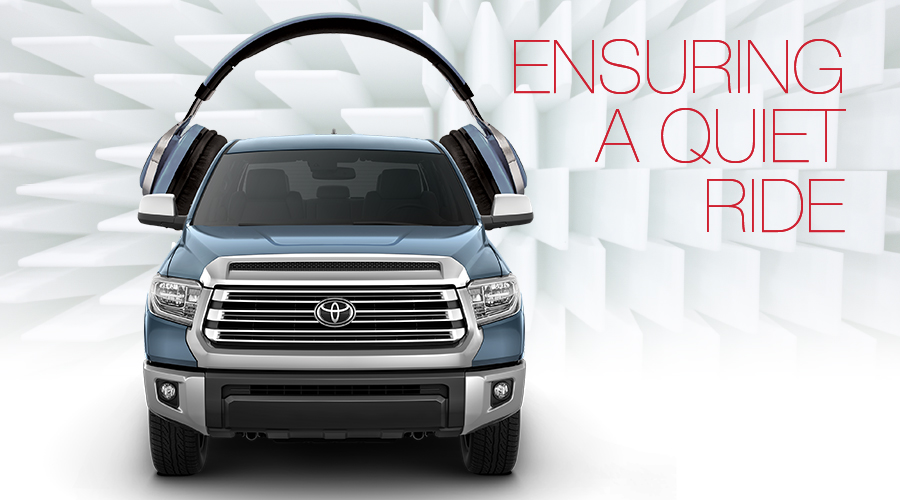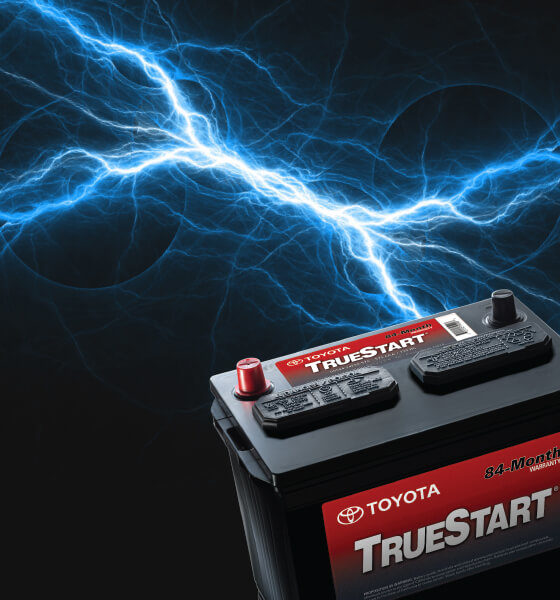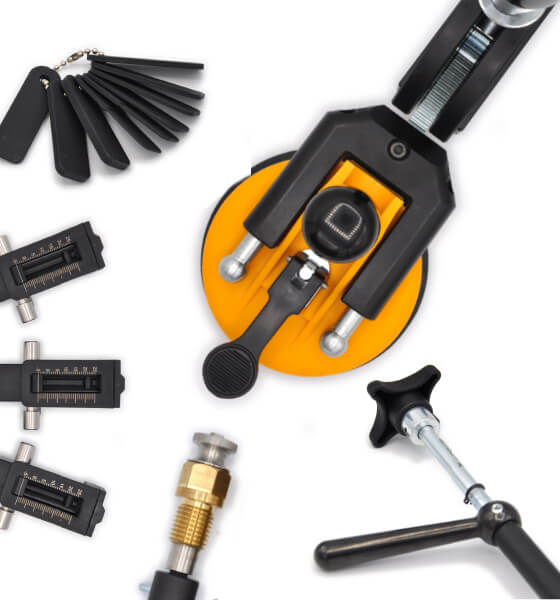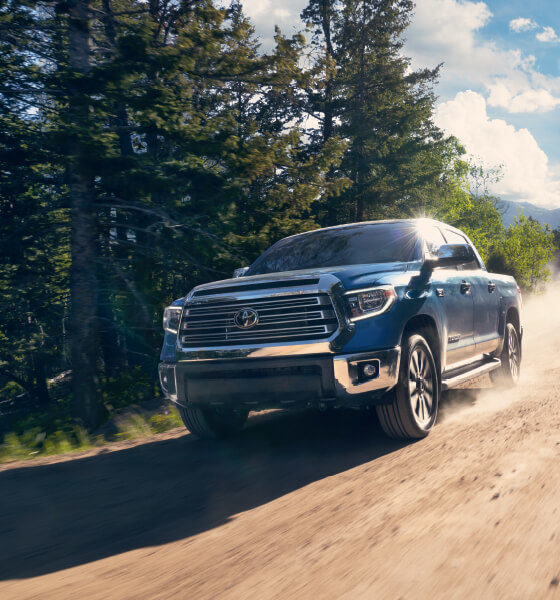
Collision Pros Magazine 2019 | ISSUE 3
Ensuring a Quiet Ride
USING SEAM SEALERS AND FOAMS
Toyota and Lexus vehicles are known for their ride quality, from the quiet interior to the lack of squeaks and rattles. So, when a Toyota or Lexus is in an accident, it’s vitally important for collision repair facilities to fix it so it performs like new mile after mile, year after year.
The challenge of restoring the vehicle to its original condition includes ensuring a quiet ride. Consider all of the areas potentially affected in a collision: from bumpers, fenders, and doors, to the hood and more. Once an area is damaged, if it’s not properly repaired, it can become a “noise generator” or create a potential corrosion “hot spot.” That’s why it’s important to take precautions and follow all of the proper procedures, which can include using seam sealers, adhesives, foam fillers, and cavity waxes, to make sure the vehicle is quiet and protected from corrosion.
ANTI-CORROSION COMPOUNDS AND MATERIALS
Below are the various compounds used to reduce noise, vibration, and corrosion:
- Seam Sealer: First and foremost, it seals visible seams. It’s also strategically placed on the inside of body panels to help prevent corrosion, deaden sound, and provide panel support.
- Polyvinyl Chloride (PVC) Undercoating: Offers excellent chip resistance, sealing, and sound deadening qualities.
- Chip Resistant Coatings: Includes primers, PVC, and urethane coatings that provide chip resistance in areas that receive the most exposure to road debris.
- Cavity Wax: A paraffin-based compound that’s applied to interior panel surfaces in areas prone to moisture exposure. It can also be applied to hinge-to-panel and body surface areas to limit effects from dirt intrusion.
SOUND-DEADENING MEASURES
Foams and silencer sheets significantly contribute to the quiet ride of Toyota and Lexus vehicles. When performing body repairs, these materials need to be replaced or repaired to maintain that quiet ride.
- Silencer Sheets: Also known as beta pads, silencer sheets are found on the inner surface of door panels, quarter panels, and on interior floor surfaces. Silencer sheets absorb road noise, reduce vibration, and enhance panel rigidity. When replacing silencer sheets, be sure to match the thickness and composition to the specifications of the vehicle you are repairing.
- Foams: Sound can easily transfer through vehicle inner structures, and foams work to deaden those sounds. Foams are also used to enhance strength characteristics in key areas. If these materials become involved in the repair and are not re-usable, replace them with materials that are as closely matched as possible to the OE material.
HIGH STRENGTH STEEL, PAINT, AND CORROSION PREVENTION
Another factor to consider when repairing a Toyota or Lexus vehicle is understanding the effects of heat on metal. Too much heat and the tensile strength decreases, elongation can occur, and the metal can become soft and melt. Therefore, it’s critical that welding be performed within the recommended heat range.
Next, you’ll need to determine if you’re working on corrosion resistant sheet metal or ordinary sheet metal, and then follow the recommended procedures based on the material you are repairing.
If the part you’re working on is made of High-Strength Steel (HSS), research what type of HSS you’re working with—Rephosphorized Steel, Si-Mn Solid Solution Hardened Steel, Precipitation Hardened Steel, or Dual Phase Steel—as each has its own unique properties and welding requirements.
You also need to know how the vehicle was originally painted. Toyota and Lexus are known for producing superior, long lasting finishes. This is done either by dipping or electro-deposition (ED), and starts with an anti-corrosive layer of zinc-phosphate applied to the bare metal of the car.
Finally, to make sure you maintain the anti-corrosion properties, follow the established corrosion prevention processes during collision repairs by applying the appropriate preventative compounds—i.e. anti-chipping coatings, seam sealer, anti-rust agents, etc.
For the best results, your goal should be to always follow the appropriate Toyota and Lexus repair procedures for all repairs. Using the proper corrosion protections and sound-deadening measures will ensure a complete, safe, quiet, and quality repair.
To find the proper products and procedures in the appropriate Corrosion Repair Manual, go to: General > Work Notices and Precautions > Anti-Rust Treatment After Installation of Body Structure Parts or Outer Panels. You should also refer to: Vehicle Exterior > Painting / Coating.




